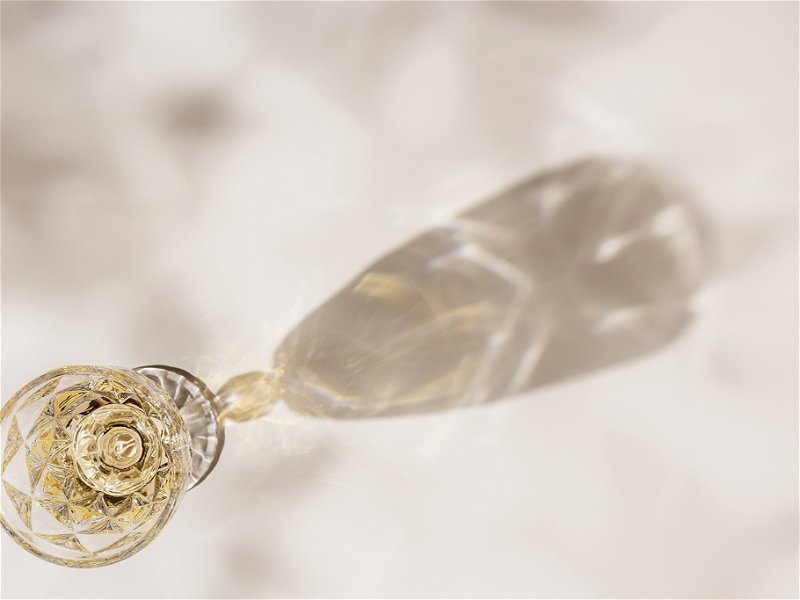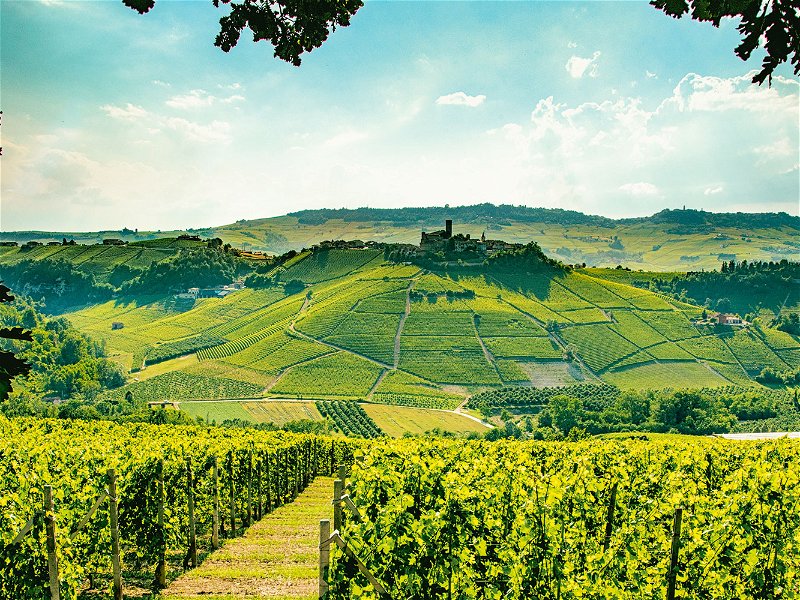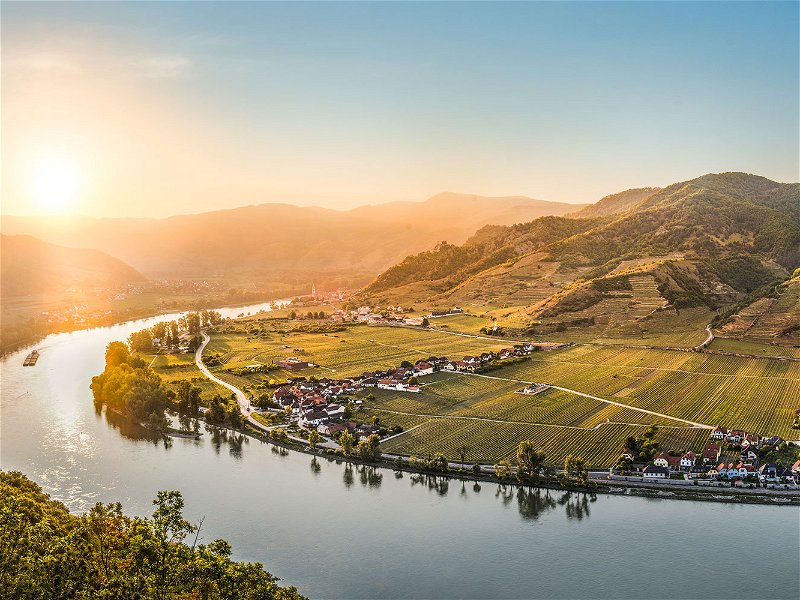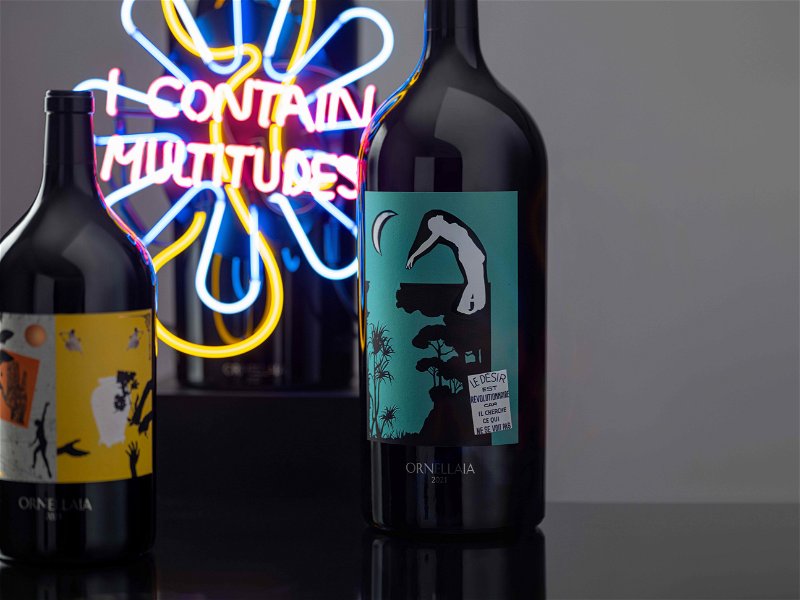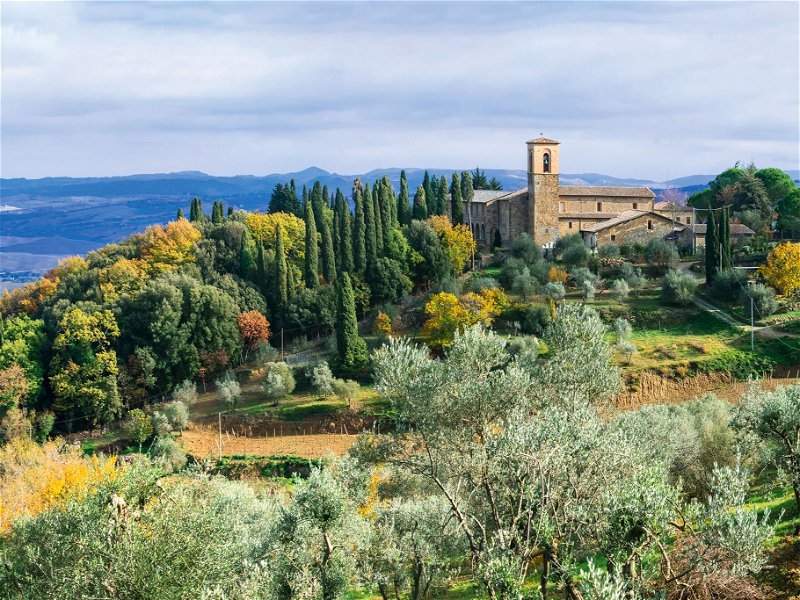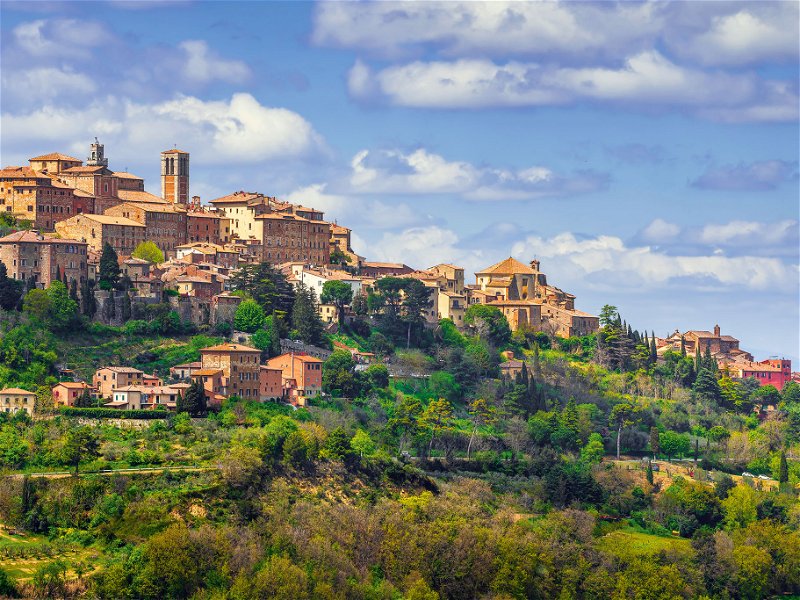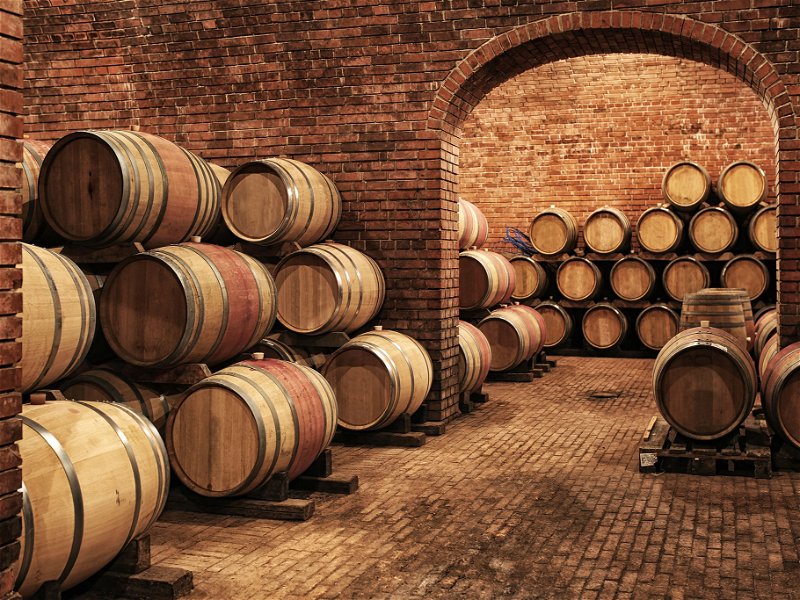Beyond Germany and Italy: exploring the wines of Austria´s other neighbours
Falstaff explores some of the recommended wineries of Slovenia, Slovakia, Hungary and Liechtenstein.
Austria is linked to the wine-growing regions of its neighbouring countries by a long tradition dating back to the times of the monarchy. Here we showcase a selection of wineries from four of these countries, world-class producers from beyond Germany and Italy’s famous wine lands.
SLOVENIA
The selected wines of the three wine-growing regions Podravje (sub-regions Štajerska Slovenija and Prekmurje), Posavje (sub-regions Bela Krajina, Bizeljsko-Brežice and Dolenjska) and Primorska (sub-regions Goriška Brda, Kras, Slovenska Istra and Vipavska Dolina) are among the best in the world. Due to the different locations, climatic conditions and winemaking techniques, each region champions its own selection of varieties. This interplay of different climatic influences and soils enables Slovenia to produce a particularly wide variety of wine from the 52 different grape varieties that thrive there. The most extensive area of vines can be found in the cool and decidedly continental climate of Podravje that stretches towards the Carpathian Basin. Here, indigenous grapes like Ranina rub shoulders with serious quality expressions of international varietals such as Riesling and Sauvignon Blanc.
SLOVAKIA
Slovakia’s six wine-growing regions are located on the western border with the Czech Republic and in the south on the border with Hungary. These are, from west to east, Malokarpatská (Small Carpathians), Juznoslovenská east of Bratislava, above it Nitrianská near Neutra, Stredoslovenská in the southern centre, Vychodoslovenská in the east near Košice and Tokajská in the southeast. Slovakia has about 600 wineries and about 10,000 hectares under vine. Whites are most common, including Grüner Veltliner, but red wines can also be found, especially in the country’s south. Most of Slovakia’s wine is consumed domestically.
HUNGARY
Hungary was once an oenological world power, but the country's winegrowers fell on hard times. Since 1989 however, the industry has been slowly recovering and, thanks to numerous private investors, is gradually regaining its former glory. There is certainly no lack of quality potential in its 22 wine-growing regions. The optimal conditions for viticulture are widely spread, so the growing regions are dotted throughout the country: from the north with its partly volcanic soils and the influence of Lake Neusiedl to the mighty Balaton (Lake Balaton) and the Mediterranean-influenced south with its many sandy, sedimentary and clay soils. Hungary also has many indigenous grape varieties, including Furmint and Hárslevelü, from which the legendary Tokaj is made. Increasingly, interesting dry and semi-dry white wines are also being produced here. International white and red varieties are also growing strongly.

LIECHTENSTEIN
Wine has been cultivated in Liechtenstein for over 2,000 years, ever since the Romans first brought vines to the country. Since then, the favourable Alpine winds and centuries of experience of the local winegrowers have made excellent wines possible - from Chardonnay to Pinot Noir and Riesling. Four professional vintners produce the noble wines of the Principality from only 14 hectares of vines. The Court Winery of the Prince of Liechtenstein in Vaduz is located in the Herawingert vineyard. Despite comprising just four hectares, it is one of the best vineyards in the Rhine Valley.


